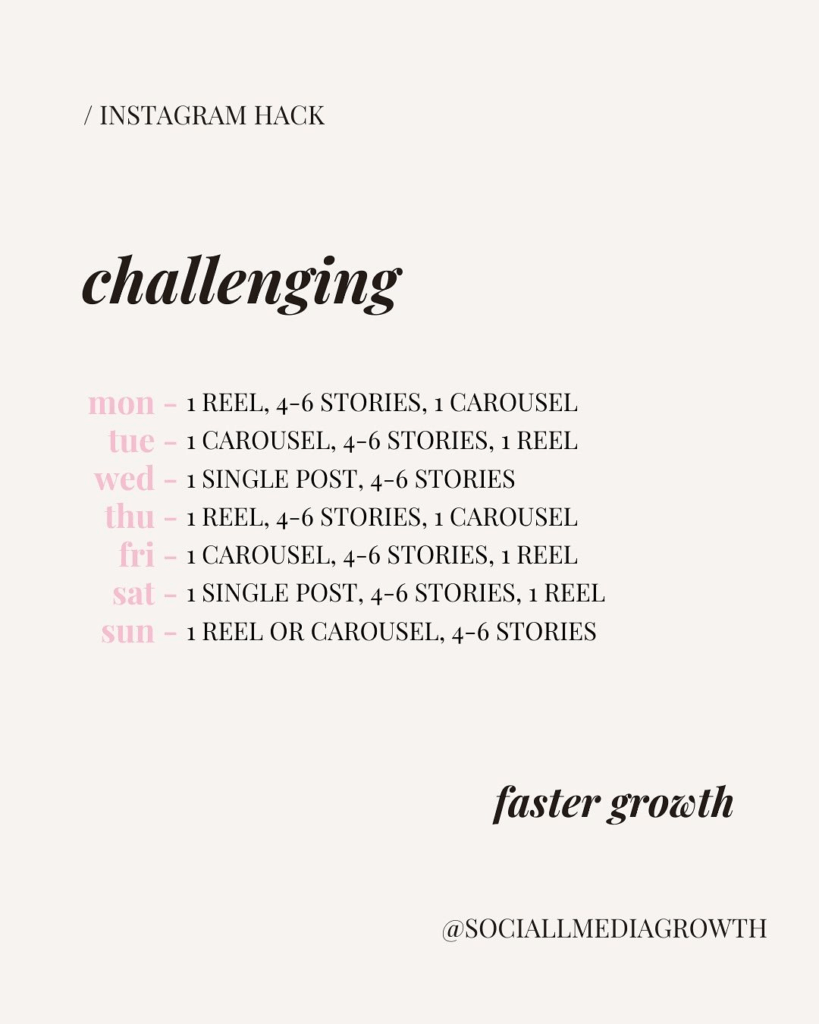
🎯 1. Social Proof: “If it worked for them, it might work for me.”
Why it matters:
Humans are wired to follow the crowd — especially when that crowd feels familiar or aspirational. UGC acts like a personal recommendation from someone you could be friends with.
Positioning tip:
Highlight real people, real skin, real results — not perfect influencers.
“4K people just like you switched to this hair oil this month.”
💬 2. Relatability Over Perfection
Why it matters:
Customers are tired of filtered perfection. UGC is raw, unpolished, and believable — especially when the creator represents the audience’s identity (i.e. brown girl acne, Desi haircare, immigrant parent pain points).
Positioning tip:
Leverage cultural or situational nuance to strike an emotional chord.
“When your Desi mom finally approves a face cream… you know it’s the real deal.”
💡 3. Low-Risk Try Before You Buy Mentality
Why it matters:
UGC videos often demo how the product works before a customer ever hits “add to cart.” That makes the purchase feel safe and justified.
Positioning tip:
Use phrases like:
“I was skeptical… until I tried it.”
“This is what happened after 7 days of use.”
🛍️ 4. Creator = Customer Mindset
Why it matters:
Unlike influencers who are often gifted products, UGC creators are positioned as everyday consumers. This breaks down resistance and increases trust.
Positioning tip:
Frame creators as “just like you.”
“I’m not a skincare expert. I’m a brown girl with hormonal acne who finally found what works.”
👀 5. FOMO & Trend Alignment
Why it matters:
If UGC goes viral or is repeatedly seen in your feed, the consumer brain kicks in with: Am I missing out?
Positioning tip:
Use lines like:
“Everyone’s talking about this…”
“You’ve seen it. You’ve saved it. Now try it.”
❤️ 6. Emotion-First Storytelling
Why it matters:
UGC often feels like a friend telling a story — not a brand making a pitch. This creates emotional investment, especially when rooted in identity (e.g. being the eldest daughter, healing from shame, immigrant hustle).
Positioning tip:
Wrap the product inside a bigger narrative.
“From burnout to boundaries: this planner changed my year.”
“This tea reminds me of my nani’s kitchen.”
✨ Bonus: UGC Builds Community, Not Just Conversion
Why it matters:
People want to belong. If your product is shown through a relatable community — especially in underrepresented markets like South Asian women — it becomes aspirational and emotional.
Positioning tip:
Turn UGC into a lifestyle.
“It’s not just a serum. It’s a brown girl self-care movement.”
“Not just a planner — it’s therapy in a journal.”
User-generated content (UGC) isn’t just a trend — it’s the new trust currency. In a world where audiences are craving authenticity, UGC bridges the gap between brand and buyer by offering relatable, story-driven, and emotionally honest content. Consumers buy through UGC because it mirrors their reality: real people with real problems finding real solutions. Whether it’s a brown girl showing her skincare wins, an eldest daughter talking burnout recovery, or a creator demoing tech for immigrant parents — UGC taps into everyday emotional triggers like trust, FOMO, and validation. As copywriters in the UGC space, our role is to position content in a way that feels human-first and story-led, not salesy. By leveraging relatability, cultural nuance, and low-risk product education, we help turn casual scrollers into loyal buyers — and create brand love that’s rooted in community.
No Responses